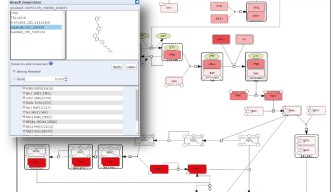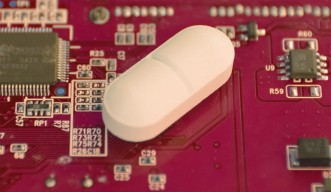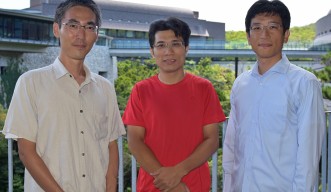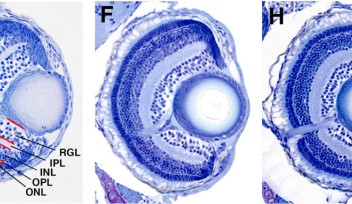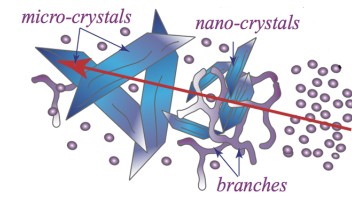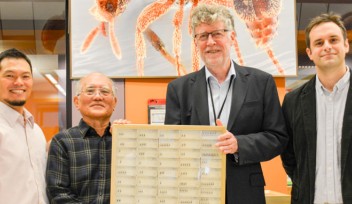Virtual Development of Real Drugs
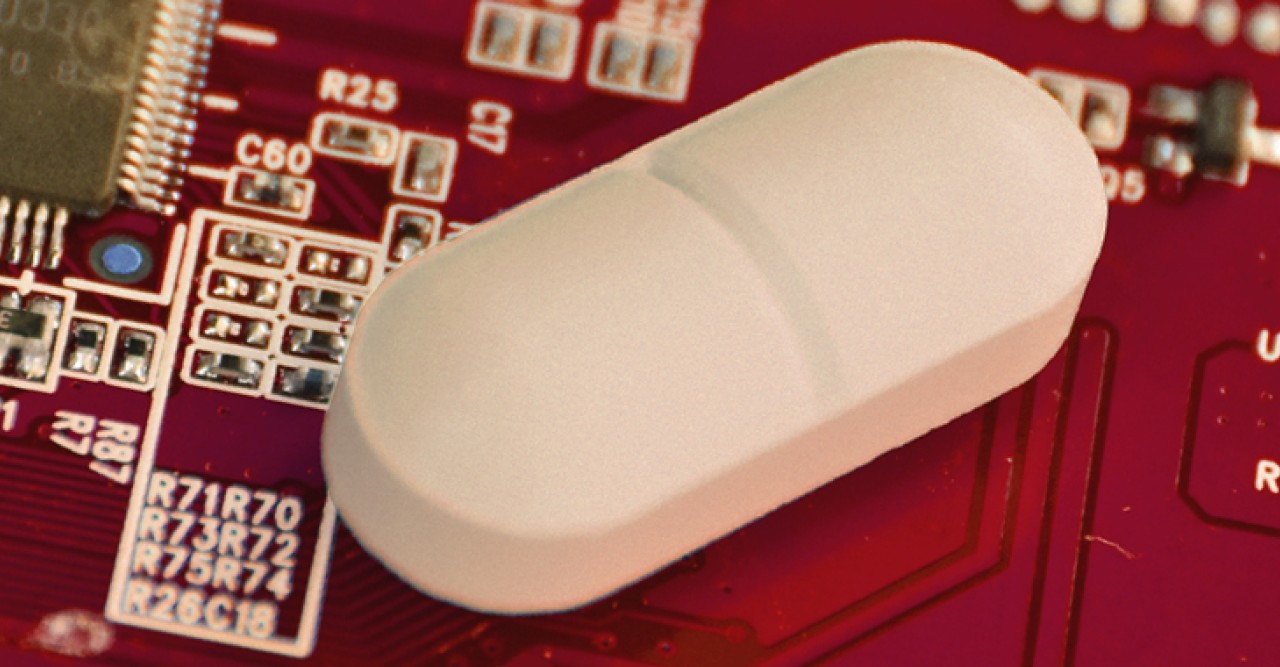
Inside the human body, the same drug can interact with multiple molecules. This phenomenon is known as ‘polypharmacology’ and, according to the interaction, a drug can cure a disease or cause side effects in the patient. It is therefore critical to create a drug that can hit the right molecular target, minimizing the risk of undesired molecular interactions. This selective interaction has been typically achieved through extensive lab experimentation: each new potential drug has to undergo a long series of trials to check its effectiveness and specificity. The process is time consuming and expensive.
A team of scientists, bringing together researchers from different Japanese institutions, has created an on-line resource that has the potential to revolutionize this situation. The Okinawa Institute of Science and Technology Graduate University (OIST), the System Biology Institute, the University of Tokyo and the RIKEN Center for Integrative Medicine closely collaborated to create ‘systemsDock’, a free on-line resource that allows the user to virtually check the effectiveness and specificity of a potential drug. OIST IT section provided key technical support for the project. Their work was published in Nucleic Acids Research.
“The process of creating a new drug can easily last for ten years, even when everything goes smoothly,” Dr Kun-Yi Hsin, first author and member of the Integrated Open System Unit at OIST, explained. “Once you have a promising compound, it can still interact with multiple biological molecules. As a result, one can have adverse effects, and patients might be killed by side effects or – because of the side effects – patients cannot take the drug. A typical problem is cardiotoxicity.”
systemsDock has been designed to virtually screen in an efficient and practical way the interactions between potential drugs and biological targets, and thus to identify promising drugs. The on-line resource checks how the potential drug can bind itself with the molecules inside the human body – a process called ‘docking’. In systemsDock, the researchers significantly improved the accuracy of the docking, as this is the critical aspect in the prediction of the interactions between the drug and the biological molecule.
Improved docking prediction is not the only feature of this new research tool. “There are other on-line resources that provide docking predictions,” Hsin said. “But these type of web-sites typically let the user screen a series of drugs against a single biological target. systemsDock allows the users to screen many potential drugs and many biological targets at the same time.”
Furthermore, systemsDock let the user explore the interaction between the drug and the biological molecule in the wider context of the biological system in which the interaction happens. “Systems biology is a relatively new field: the main idea behind it is the integration of different biological systems in a single description. So, when everything is put together, it is like a map.” Hsin said. systemsDock uses these maps to perform a more comprehensive screening and gain a deeper understanding of the drug interaction with the biological system.
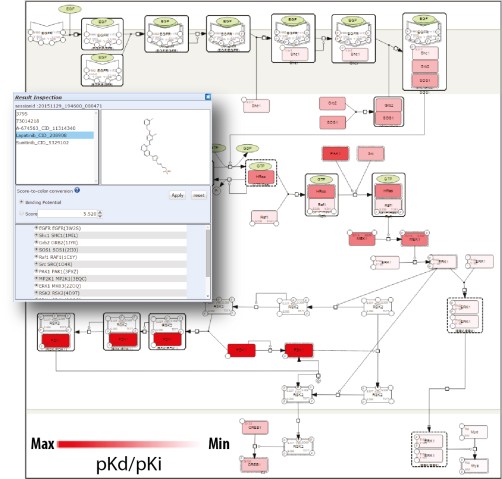
To create one of these maps is a complex enterprise, which can take up to three years if the subject of the map is a new aspect of biology. “All this time and effort should be used, and – thanks to the collaboration with expert map curators from the System Biology Institute – we provide an exceptional tool to do that,” Hsin said. Maps focused on specific diseases, like Alzheimer’s, Parkinson’s and Influenza, have already been created and can be used in systemsDock.
The results of the screening process are complex, because checking multiple drugs and multiple biological targets generates many interactions. But these interactions are easy to monitor, as systemsDock is capable of navigating the maps, changing the colours of the connections among the different molecules and drugs according to their type of interaction. This feature makes it easy – even for scientists with a limited technical knowledge – to use the research tool, which is also able to show the 3D structure of the substances involved.
“systemsDock can provide promising compound to the research, reducing the amount of time and resources needed to develop a drug,” Hsin said. “It can also reduce the probability of error, and this is beneficial for the whole drug-development process.”
Specialty
Research Unit
For press enquiries:
Press Inquiry Form










